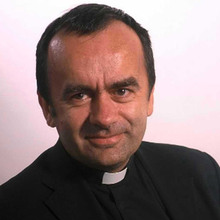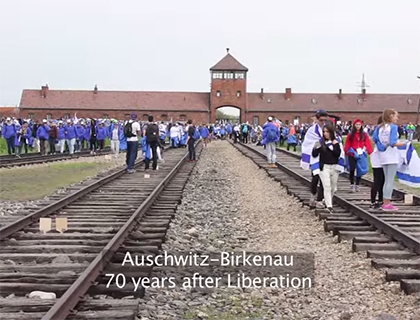Day 25
Shoah by Bullets
Dedicated to Father Desbois in acknowledgement of the incredible work he has undertaken to preserve and perpetuate the memory of the murdered Jews of eastern Europe.
CLICK HERE TO BUY THE BOOK

Father Patrick Desbois
Father Desbois has devoted his life to researching the Holocaust, fighting anti-Semitism, and furthering relations between Catholic and Jews. Patrick Desbois is a Catholic priest and President of Yahad – In Unum. He also serves as director of the Episcopal Committee for Catholic-Judeo Relations, under the auspices of the French Conference of Bishops. He is the grandson of a WWII French prisoner held in the Rawa Ruska camp on the Poland-Ukraine border. In 2004, he began to research the story of the Jews, Roma and other victims murdered in Eastern Europe during WWII by the Nazi mobile killing units, the Einsatzgruppen. His work through Yahad has been recognized through numerous awards and commentary in France and internationally.





